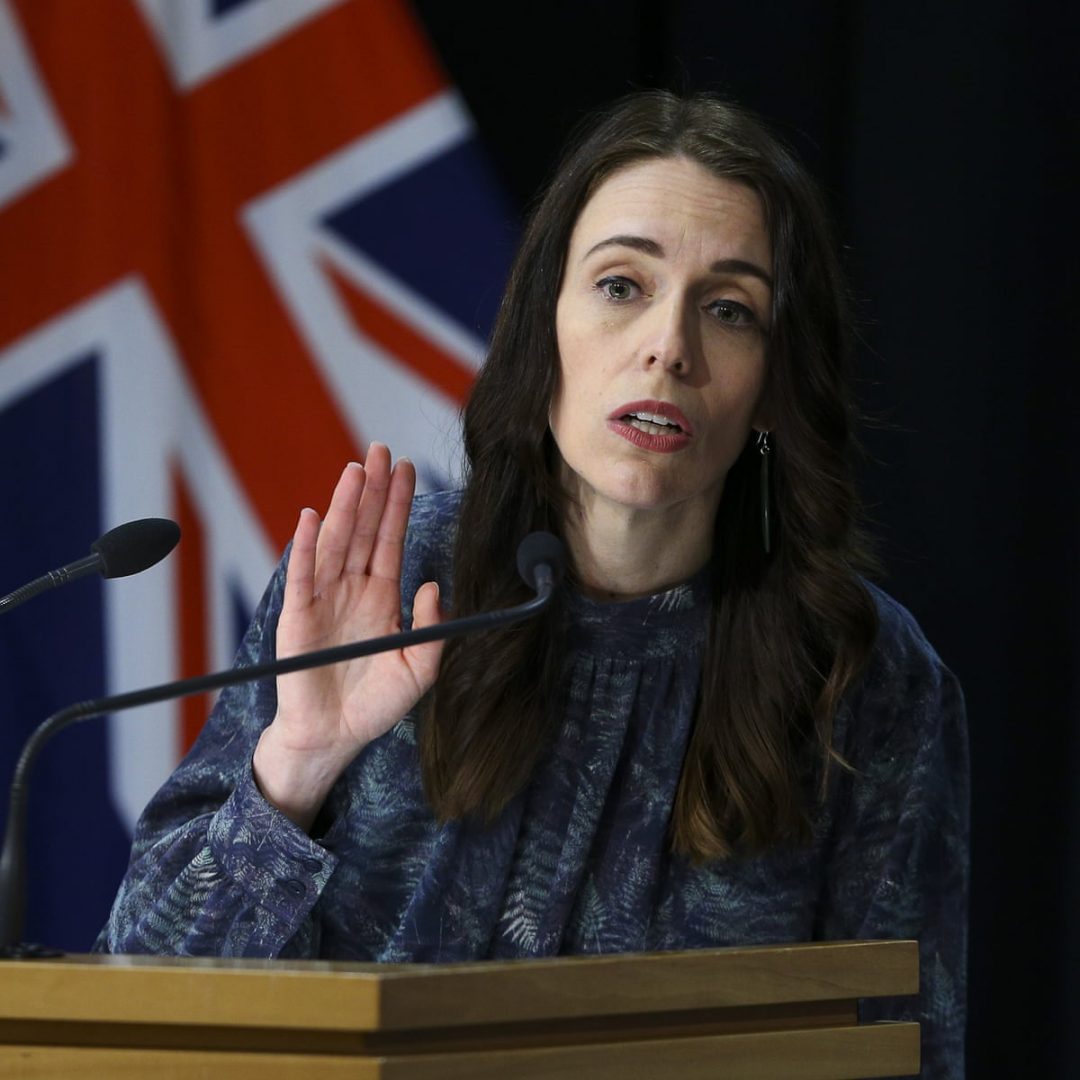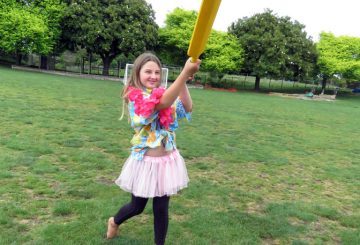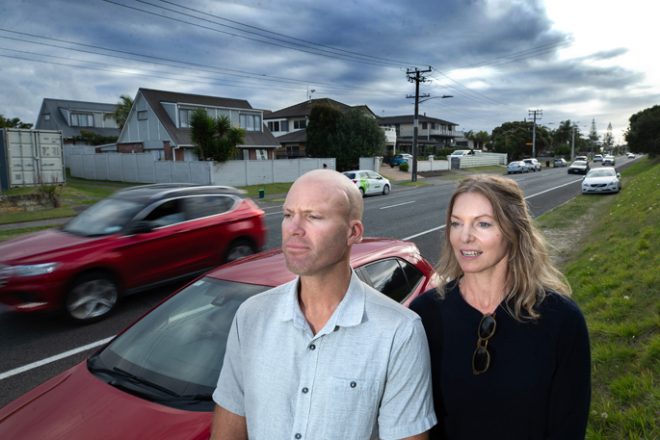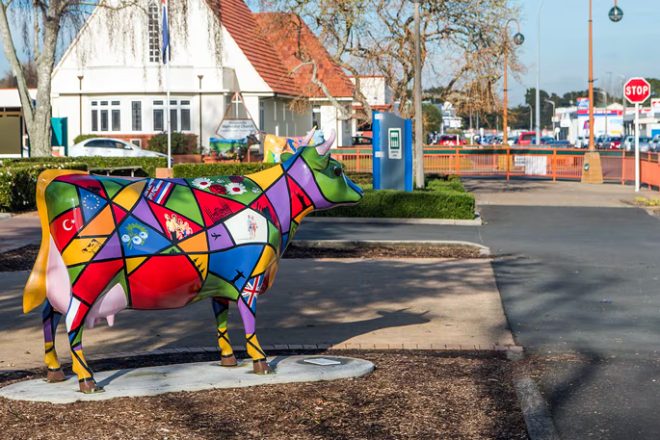Mayors say that local councils are struggling with the speed and scale of reforms that are being required of them.
Local government is tasked with implementing a number of reforms, including Three Waters (in which drinking water, wastewater and storm water services will move from local government control to the control of centralised, publicly owned entities), a resource management reform, a “Future for Local Government” review, along with climate change adaption and Covid-19 responses.
Palmerston North mayor Grant Smith said that the sheer volume of work was a big challenge.
“In eight years as being the mayor of this city, this has definitely been the toughest term. You’ve got a number of different factors, all these central government reforms, and whether you agree with them or disagree with them, you’ve got to deal with them,” he said.
Local Government New Zealand (LGNZ) president Stuart Crosby agreed that many local councils were overwhelmed by the workload.
“Yes, the reforms are necessary, in some shape or form. We’ve actually been asking for most of them. But what we’re unhappy about is the pace at which they’re going, and the sequencing of them.” he said.
Prime Minister Jacinda Ardern acknowledged the challenges that local government is facing.
“I understand that together the speed and scale of change on so many fronts plus the demands of service delivery in the here and now make this a uniquely challenging time,” she said.
However LGNZ president Stuart Crosby said the government had put local councils into a difficult situation.
“Because of the very poor explanation of many of the policies, particularly Three Waters, by the government, it’s been up to the councils to explain a policy that the vast majority don’t agree with in total, including LGNZ,” he said.




















































-helped-regain-her-strength-and-balance-using-Nymbl-after-a-fall.-660x440.jpg)




